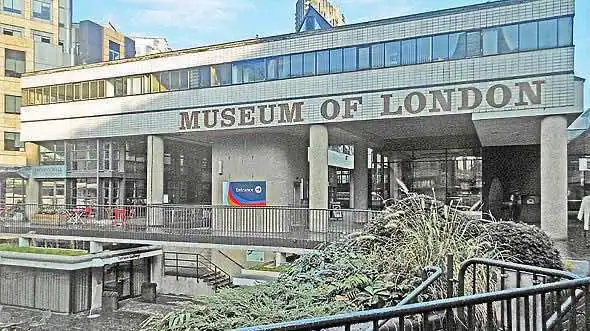 Photo: londondrum.com
Photo: londondrum.comIf a cabinet is full of bones and stones then I generally don’t bother stopping, as a rule, but the prehistoric era is worth a quick look because they’ve dug up monkey bones, lions, bison, bears, elephants and even a few mammoth teeth. It turns out that London used to be better than a Kenyan safari! Where did they all go? All we see these days are pigeons.
Roman Londinium
The exhibits become a lot more interesting when you reach the Roman era because they left us plenty of carved stone statues, colourful mosaics and hordes of silver coins. They’ve also got some intricate little models of Londinium’s original basilica, forum and wharves to show you what they looked like before Boudicca burned then down.
Medieval London
When you reach 600 BC you start to recognise a few place names that are still around today. This is when Old Old St. Paul’s went up. I don’t mean Christopher Wren’s one, that’s just plain St. Paul’s. And the Norman one is Old St. Paul’s. We’re talking about one that’s another five hundred years older than that – Old Old St. Paul’s.
There are lots of Viking axes and daggers in this section, plenty of medieval coins and stonework, and Henry VIII contributed a lot of religious icons by dissolving the monasteries – surely the biggest vandal act in British history.
If you’re a big fan of broken bowls then you will love this section because the Museum of London has got one of the best collections of broken crockery in the UK. When you visit as many museums as I do then you will eventually become inured to the presence of these bowls because London’s museums are full of them. They obviously built them to last in those days. Nowadays we’re lucky if they survive fifty trips to the dishwasher, but back then they were guaranteed to last for five hundred years.
I can see plenty of people poring over them and pointing at their snapped-off handles like they’re the greatest treasures on earth but there’s too many of them. I’ve just found a cabinet about the Black Death, for example, and they’re displaying a load of bowls to explain about hygiene. Now I’ve found a cabinet about European trade and guess what they’re displaying in this one… more bowls. But this time it’s a collection of Dutch bowls, French bowls and German bowls.
English Civil War & Great Fire of London
Thank God for the invention of the printing press because that’s when history finally moves on from bowls and starts to use books and pictures and paintings to tell its story. This is the pinnacle of our history right here: the 100-year stretch between Elizabeth and the Restoration, from Shakespeare to Samuel Pepys, encompassing the English Civil War, Gunpowder Plot and Great Fire of London. This is when you start to see some old street maps and paintings of the city skyline. They’ve also got some Civil War muskets and guns, Oliver Cromwell’s death mask, and a pile of blackened bricks from the Great Fire inferno.
When you reach Georgian London it’s mainly paintings and panoramas. There are lots of delicate fine chinas, silver clocks and teapots… the same kind of stuff that pops up on the Antiques Roadshow.
The spookiest exhibit is a darkened garden full of dapper dandies decked out in flowery shirts and floppy feather hats. They’re standing there chatting through the speakers and every now and then an explosion of fireworks drowns out the birdsong. It’s hard to describe it… it feels like a dream that you’d rather not have.
The Victorian era
After that comes a full-size Victorian street with about fifteen shopfronts in it stuffed full of fags and tobacco, powder and snuff, tins of crackers and biscuits, top hats and tails, wigs and bodkins… you can poke your nose into the toy shop, clothes shop, chemist, grocer, barber, and there’s even a little post office, pub and public urinal.
Once you’ve made it past the Victorian era everything else seems a bit rushed. They have a selection of 1920s dresses and a section on the Suffragettes, but if you’re hoping for a big bit about the war then forget it… the Blitz is quickly dismissed with some black and white photos, a gas mask and a tin of powdered eggs. They dash through the rest of the century with a few psychedelic album covers and early home computers.
Lord Mayor’s gold coach
The final room is very easy to miss because you’ll get distracted by the cafe, but keep your eyes open for the Lord Mayor’s golden coach. It’s similar to the Queen’s Coronation coach and wouldn’t look out of place at the Royal Mews.
I also recommend… If you enjoy this then try Bank of England Museum (walk it in 14 mins or catch a tube from Barbican to Bank); Guildhall Art Gallery (walk it in 12 mins or catch a tube from Barbican to Bank) and London Museum Docklands (catch a tube from Barbican to West India Quay)
How to get to the London Museum
| Fare zone | Cash | Oyster & Contactless | Travelcard | ||||
|---|---|---|---|---|---|---|---|
| Single fare | Single fare | Daily cap | One day | ||||
| Peak | Off-peak | Peak | Off-peak | Anytime | Off-peak | ||
| Bus | n/a | 1.75 | 5.25 | 6 | |||
| Train (zone 1) | 7 | 2.90 | 2.80 | 8.90 | 8.90 | 16.60(zone 1-4) | 16.60(zone 1-6) |
| Train (zone 1-2) | 7 | 3.50 | 2.90 | 8.90 | 8.90 | ||
| Train (zone 1-3) | 7 | 3.80 | 3.10 | 10.50 | 10.50 | ||
| Train (zone 1-4) | 7 | 4.60 | 3.40 | 12.80 | 12.80 | ||
| Note: Prices are correct as of | |||||||
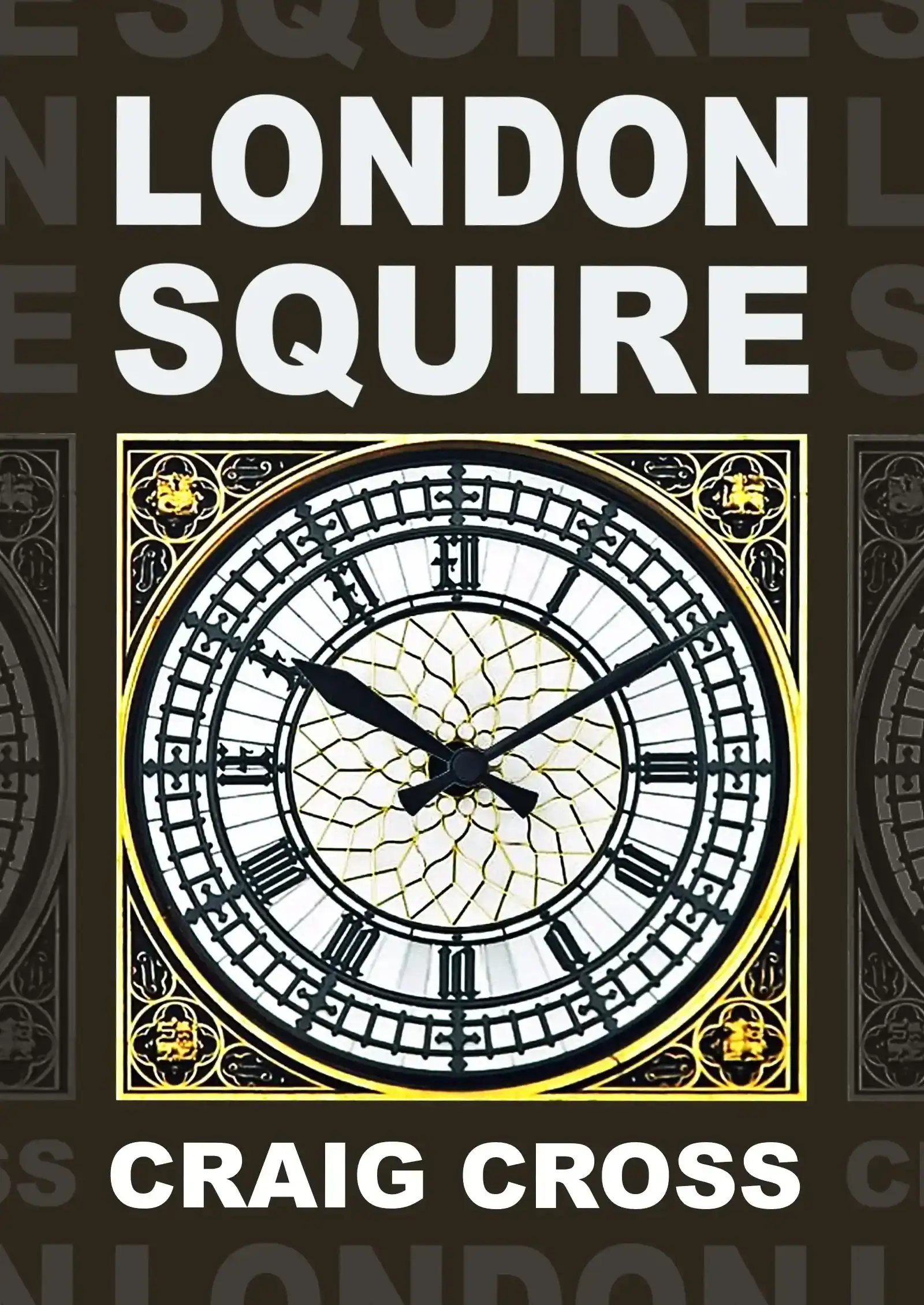 London Squire guidebook – Check out my guidebook available to buy at Amazon, Apple and Kobo. I’ve spent the last twenty years visiting London’s landmarks, attractions and hotels and collected all of my reviews, example itineraries, advice about using the buses and trains, and handy practical info into an eBook, along with 650 original photographs
London Squire guidebook – Check out my guidebook available to buy at Amazon, Apple and Kobo. I’ve spent the last twenty years visiting London’s landmarks, attractions and hotels and collected all of my reviews, example itineraries, advice about using the buses and trains, and handy practical info into an eBook, along with 650 original photographs
More things to do near the Barbican

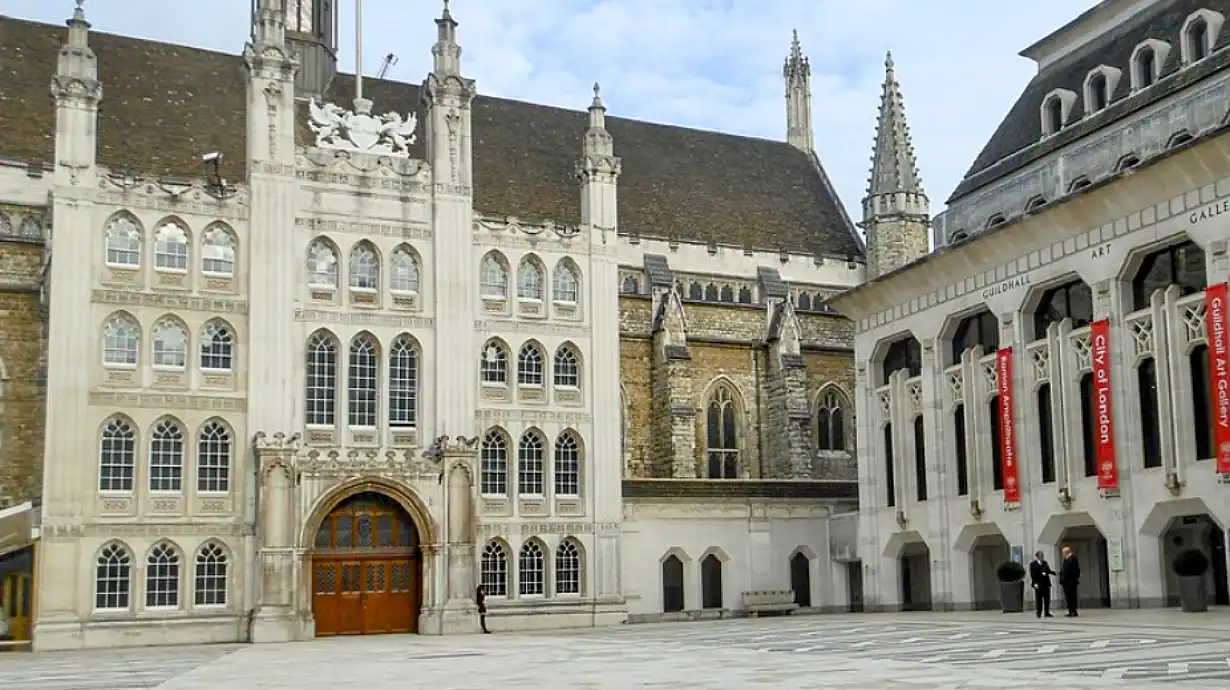
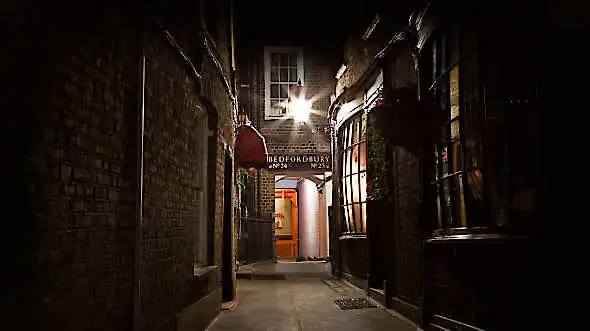


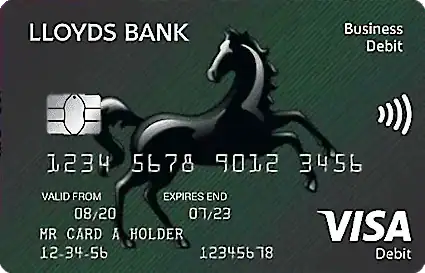
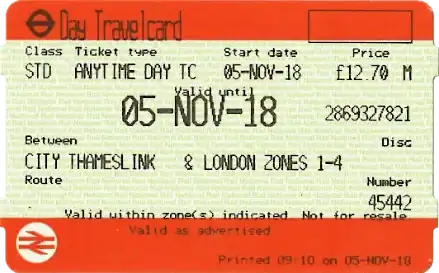


Your comments (4)
Are you going? Have you been?
Ask a question, or share your experience of the London Museum
PHill Is the museum free to get inside.
Craig Hi PHill. The main galleries are all free, but they usually have a temporary exhibition running which you have to pay to see.
Sam When is the Museum of London relocating to Smithfield?
Craig Hi Sam. It’s been pushed back a few years. They originally said it was going to be during 2021, but it looks like it might not be until 2024 now.
Leave a comment (no need to register)